Are there different types of genealogy pedigree chart?
A pedigree chart or a family tree chart is a graphic representation of our family history showing basic data of family members such as full name, birth and death date and place, and spouse in case of marriage. The figure of a tree has been adopted by genealogists, because a tree is a perfect representation of a family, each branch being a lineage. As stated in our previous blog http://rebelato.org/famous-personalities/ ascendants increase in a geometric progression, as each of them bring their own lineage. Therefore, depending upon the number of relatives (and the information about them) to be included in a pedigree chart or family tree chart, different shapes and presentations can be selected.
Basically, a family chart can start with a single individual (you for example) and then branch up to show your parents, grandparents, great-grandparents, great-great-grandparents, and so on, or can start by a single individual or couple (your ancestor/s for example) and go down to all the descendants. Amateur genealogists usually employ the first kind of family chart, while the charts showing descendants of one single person normally apply either to professional genealogists willing to show blood descendants of famous people or to special occasions like family reunions.
Ascendant pedigree charts:
Both, the vertical pedigree chart and the left to right pedigree chart are the most common type of family chart used by amateur genealogists.
- In a vertical pedigree chart, orientation is normally bottom-up and is displayed in landscape format (the name “family tree” comes from charts of this kind).
- Left to right pedigree charts (portrait format) begins on the center of the left side of the page and then branches to the right to show ascendants. It can be convenient until you reach the 4-5th generation, but from then on, it is more advisable to use vertical pedigree charts as the left to right pedigree chart becomes difficult to display.
Vertical ascendant pedigree chart.
Image courtesy of: http://familytreetemplatewall.blogspot.com.ar/2012/09/family-genealogy.html
Left to right pedigree chart.
Image courtesy of: http://laurentlazard.com/media/Blank-Family-Tree.html
- A bow tie chart is a variation of the left to right pedigree chart (typically square or portrait orientation depending upon how many generations are shown). It starts with a single individual somewhere around the center of the chart and then shows all of his or her paternal ancestors branching out towards the left and all of his or her maternal ancestors branching out towards the right. This normally reduces the height of a standard pedigree chart by half. But again, after a few generations the chart will become uneasy to display and you should consider using a vertical pedigree chart.
Bow tie chart.
Image courtesy of: https://www.pinterest.com/pin/144044888055609088/
- An ancestor fan chart is another interesting way of displaying ancestor’s data like where and when ancestors lived and can be designed in either a full circular display or a semi-circular display depending upon the number of generations and the amount of information that you want to be included in your chart. The starting individual is in the center, and each successive ring contains the parents, grandparents, great-grandparents, great-great-grandparents, and so on until the outer ring of the chart is reached. Ancestors fan charts compact the layout the most and can be used to show up to about 8-9 generations of ancestors. However, once you go past 8-9 generations of ancestors, you will still want to consider a vertical ancestor chart.
Eight generations circle fan chart.
Image courtesy of: https://genealogysupplies.com/product/Charts-and-Family-History-Kits/A3-Eight-Generation-Circle-Chart/
Descendant pedigree charts:
Descendant family chart.
Photo and chart image courtesy of: http://images.slideplayer.com/15/4640036/slides/slide_57.jpg
As happens with the ascendant pedigree charts, descendant pedigree charts do also came in different shapes and formats. Depending on the number of generations to be displayed and the additional information to be included such as photos for example, different kind of charts can be used:
- A traditional descendant chart as previously mentioned, is presented in landscape mode with the starting individual located at the top center of the chart, and then each successive generation and whom they married is shown one line below.
- A descendant fan chart can be designed in either a full circular display or a semi-circular display. The starting individual is in the center, and each successive ring contains the children, grandchildren, great-grandchildren, great-great-grandchildren, and so on until the outer ring of the chart. Depending upon the size of the family and the amount of information to be displayed, a descendant fan chart can normally include 6 to 9 generations. Photos don’t work well in fan charts and should be avoided.
There are also family charts that combine both ascendants and descendants of a single person.
- A family hourglass chart starts with a single individual somewhere around the center of the chart and then shows all of his ancestors above him and all of his descendants below him. Hourglass charts are typically used for just a few generations of ancestors and a few generations of descendants, but this can vary.
Photo courtesy of: https://www.pinterest.com/pin/498281146249454733/
An all-in-one chart includes everyone in your database and is normally very large. While this may sound attractive, it starts becoming impractical to print once you have more than 500 names in your database. However, not all family trees are to be printed: you can print yours in different formats to show different approaches, and keep your all-in-one chart both in your computer thanks to the aid of one of the many downloadable genealogy software available or on the web, and in any of the top genealogy websites that offer this service. On previous blogs we have provided information on both genealogy software (http://rebelato.org/genealogy-software/) and genealogy websites (http://rebelato.org/genealogy-websites/) where your family trees can be kept safely.
By, Carmen Vazquez Sibils
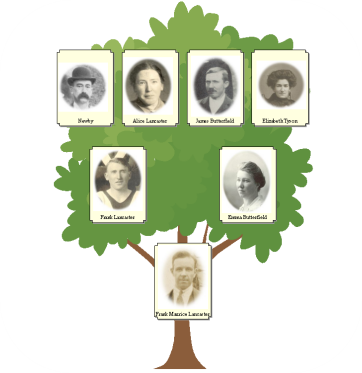
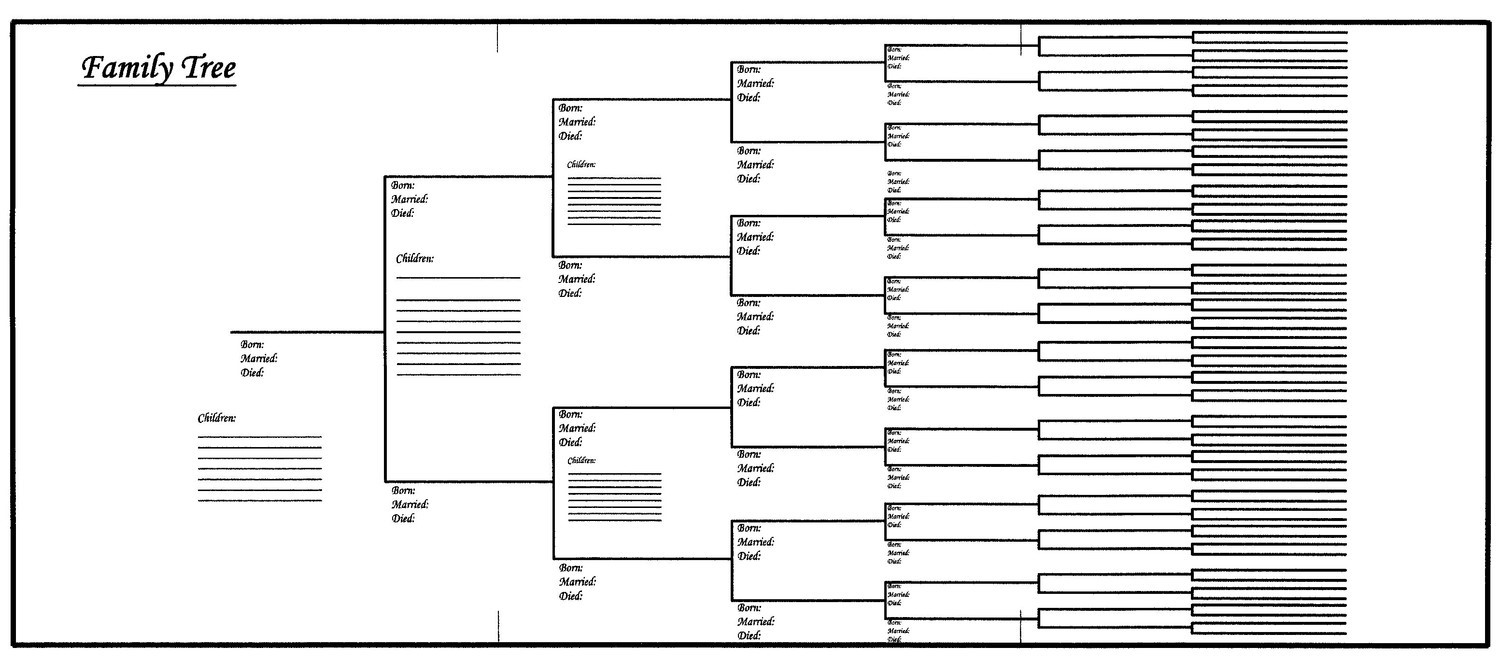
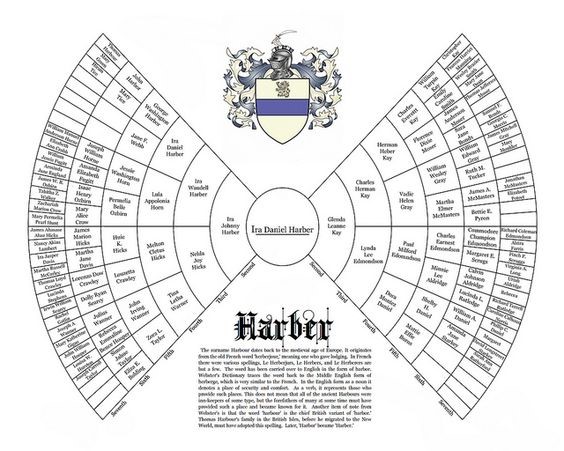
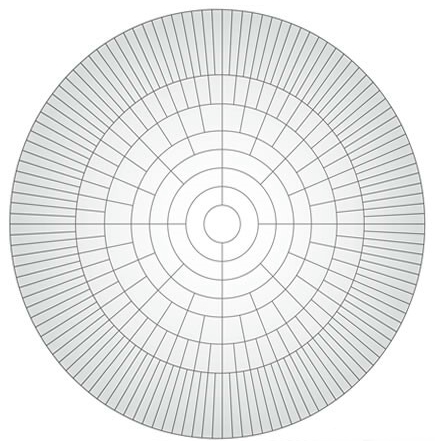

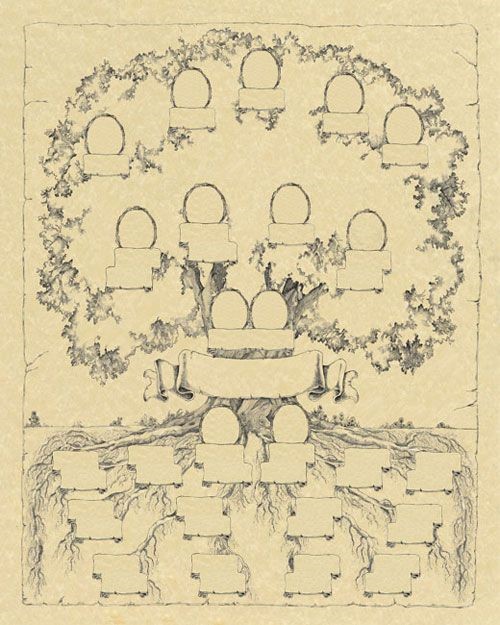






Leave a Reply